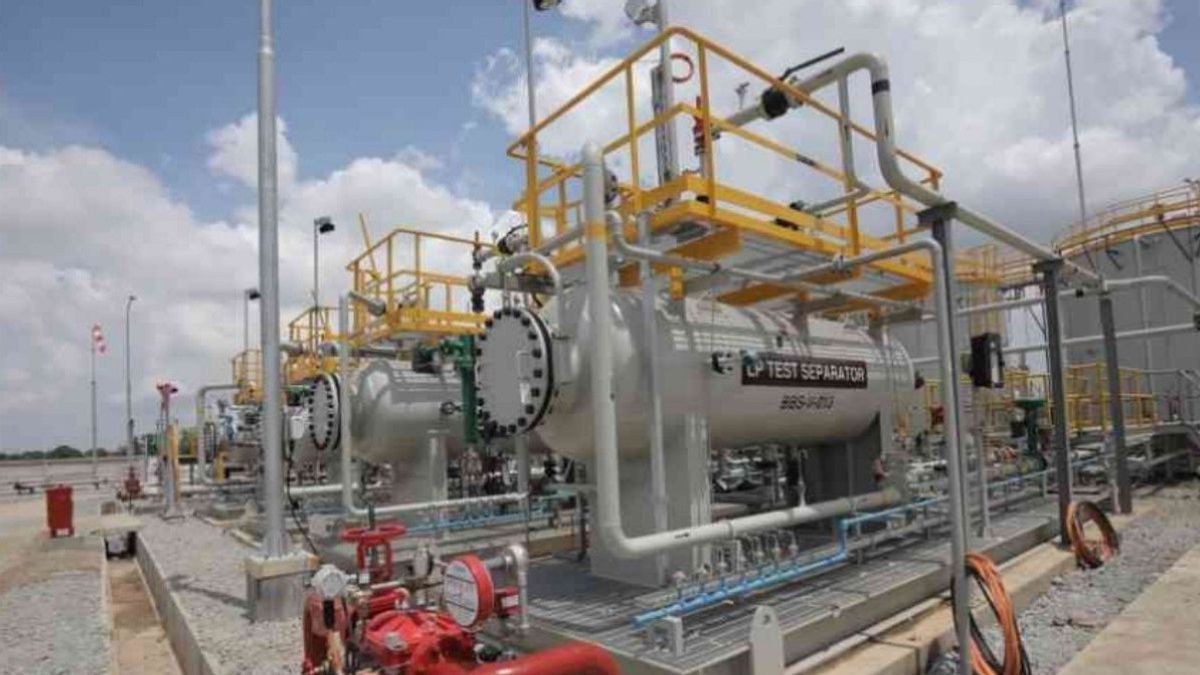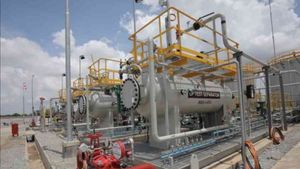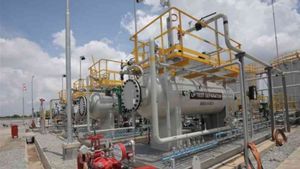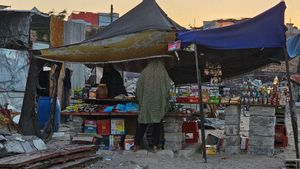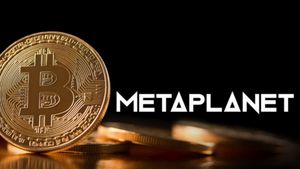JAKARTA - The Special Task Force for Upstream Oil and Gas Business Activities (SKK Migas) noted that Indonesia has the potential to lose 1 billion US dollars or equivalent to Rp. 15.67 trillion due to the policy of Certain Natural Gas Prices (HGBT).
Deputy for Finance and Commercialization of SKK Migas, Kurnia Chairi said the 1 billion US dollars lost was due to the government having to fill the gap or difference between HGBT and market prices. Just so you know, this HGBT aat is set at 6 US dollars per MMBTU.
This policy is stated in Presidential Regulation (Perpres) 121 of 2020, the acceptance of Cooperation Contract Contract Contractors (KKKS) must not be reduced, aka kept-whole to supply cheap gas to the industry. If the price of gas upstream is lowered, then state revenues must be reduced.
"If the value is currently being evaluated and if I note that the number may be in 2023, it could reach more than US$1 billion in the potential decline in state revenues or adjustments to state revenues," Kurnia said in a webinar Examining the Readiness of Gas Supply for the Industrial and Generation Sector, Wednesday, February 8.
SEE ALSO:
Kurnia added that this angaka is a temporary amount and will still be calculated further. He also said that the reduced state revenue is expected to be compensated for the increased performance and impact of the multiplier effect felt from industries that utilize HGBT.
"This is being evaluated so that later we can formulate a policy to continue this HGBT in the future," continued Kurnia.
For information, the price of cheap gas is still used by 7 industries, including fertilizers, petrochemicals, oleochemicals, steel, ceramics, glasses, and rubber gloves and will end in April 2024.
Furthermore, Kurnia explained that until now the realization of gas absorption realization in the industrial sector has reached 95 to 96 percent.
Kurnia said, one of the reasons why gas absorption is not optimal is the overall kept agreement due to the insufficient state revenue for Kept whole at the KKKS. Even though this policy has been running since the Gas Sale and Purchase Agreement (PJBG) between the KKKS and gas buyers.
"So at that time the price of PJBG was then lowered to the targeted price of 6 dollars so that the gap was caught whole. In the framework of the whole kept there was also a planned state part of the insufficiency. Because at the time of the preparation the Kepmen still uses projected oil development prices, ammonia," explained Kurnia.
Apart from Kept whole, another reason for not maximal gas absorption is that there are factors from the upstream side, such as production plans that experience operational constraints, resulting in a planned allocation in the Ministerial Decree to become a small fluctuation.
"Second, in terms of midstream and downstreaming because there are industries that have not been able to absorb due to operational constraints or because turn around may be temporarily shutdown or alternative energy, we are currently investigating," concluded Kurnia.
The English, Chinese, Japanese, Arabic, and French versions are automatically generated by the AI. So there may still be inaccuracies in translating, please always see Indonesian as our main language. (system supported by DigitalSiber.id)
